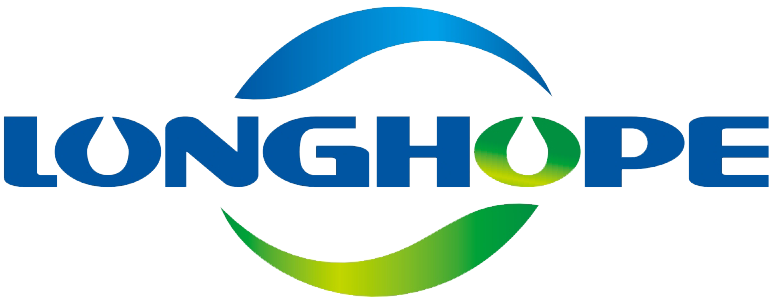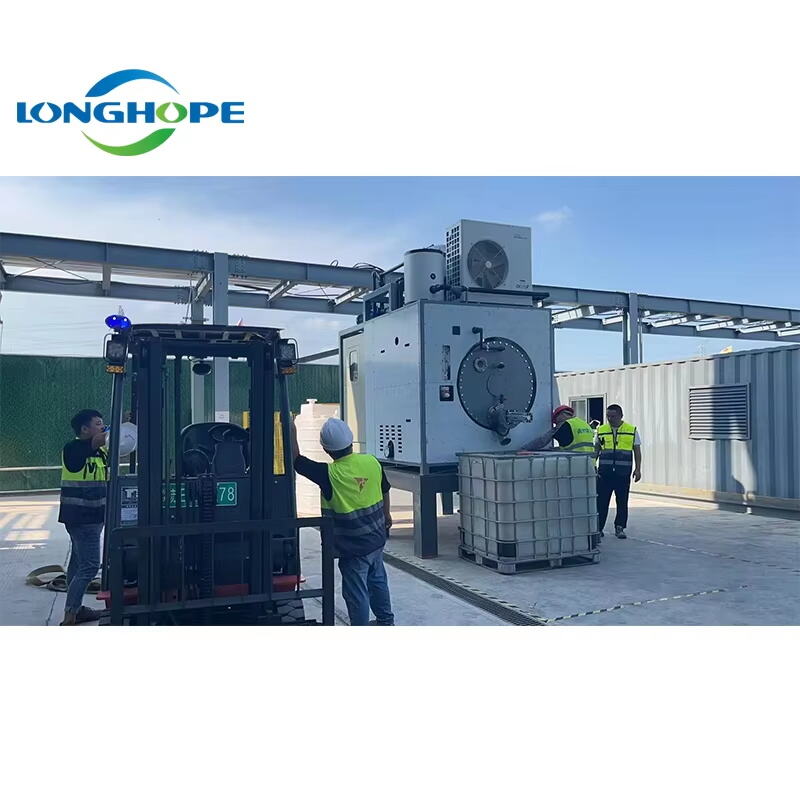Introduction to Low Temperature Crystallization Machines
Defining Low Temperature Crystallization Technology
Low temperature crystallization tech has become really important across many manufacturing sectors because it helps improve both product quality and production efficiency. Basically, this method creates solid crystals from liquid solutions when temperatures drop below certain points. The whole process works thanks to careful management of heat changes and how molecules move around. When temps go down, stuff dissolved in liquids becomes less soluble, which makes those dissolved materials form crystals in a controlled way. Compared to older techniques, low temp crystallization brings several benefits worth noting. Products tend to be purer since impurities get filtered out better during the slower cooling process. Plus, companies save money on energy costs because they don't need to maintain high temperatures for long periods. The gradual cooling allows manufacturers greater control over exactly how big or small the resulting crystals will be, something that matters a lot in pharmaceuticals and specialty chemicals where crystal structure affects performance.
Role in Modern Industrial Processes
Cold crystallization plays a big role across various industries today, especially when we look at pharmaceutical production, food manufacturing, and chemical plants. Take the drug industry for instance. This technique helps create super pure active ingredients that are basically what makes medications work properly. Food companies also rely on it quite a bit to get better results from their frozen products, improving how they feel in the mouth and making them last longer without going bad. Chemical producers find value too since they need materials made to exact standards. What's interesting is how automation and better monitoring systems have changed things over time. These technologies help maintain steady conditions during the process while letting operators tweak parameters as needed based on what they see happening with the actual crystals forming.
Key Advantages of Low Temperature Crystallization Machines
Energy Efficiency and Lower Operational Costs
Low temp crystallization machines save a lot of energy compared to older methods of crystallization. Real world data shows factories can cut their energy bills quite substantially when switching to these systems. Companies report saving money both on day to day running costs and repairs over time. What makes them so efficient? Better insulation materials keep heat where it needs to be, while smart control systems adjust parameters automatically to prevent waste. These improvements mean less power is used overall. For manufacturers looking to cut expenses without sacrificing quality, these machines offer real value propositions. Plus they help meet environmental goals as part of broader sustainability initiatives across production facilities.
Enhanced Product Purity and Crystal Quality
Working in cold environments actually speeds up how fast crystals form, leading to much cleaner products overall. When temps stay consistently low during processing, the resulting crystals tend to have better size distribution and shape characteristics that matter a lot in drug manufacturing and other sectors where quality counts. Look at the pharmaceutical industry specifically - they need those precise crystal formations for their medications to work properly. Real world testing shows that when companies switch to these colder crystallization methods, their quality control numbers go up across the board. For manufacturers dealing with strict regulations around purity standards, this temperature approach makes compliance easier while also producing superior end products that stand out in competitive markets.
Reduced Thermal Degradation for Sensitive Materials
Low temp crystallization machines offer something really important for manufacturers working with delicate stuff. When things get too hot during processing, those sensitive materials often break down or lose quality completely. These machines keep everything cool enough so nothing gets damaged. Think about pharmaceutical ingredients, specialty chemical blends, even some premium food items they all fall apart when exposed to excessive heat. The lower temps basically preserve what makes these materials special while keeping them usable for longer periods. Food processors and drug makers especially love this tech because it means better product stability and much longer shelf life for their goods. Some companies report up to 30% improvement in material retention rates since switching to cold crystallization methods.
Environmental Benefits of Low Temperature Crystallization
Reduced Carbon Footprint
Low temperature crystallization processes make a real difference when it comes to lowering carbon footprints. The equipment runs on far less power compared to older techniques, which means fewer greenhouse gases end up in the atmosphere from these operations. Research looking at both approaches found around a 30% drop in emissions from switching to lower temps, something that shows just how impactful this change can be for the environment. Cutting down on energy use isn't just good for the planet either. These systems help factories meet their green objectives while also staying within international limits on pollution output, making them an attractive option for companies serious about reducing their environmental impact.
Sustainable Resource Utilization
Low temperature crystallization helps save energy and makes better use of resources at the same time. When manufacturers tweak their crystallization methods, they actually get more out of their raw materials. Less waste ends up going to landfills, and recycling becomes much easier throughout the production line. What's really interesting is how these processes cut down on what goes into them too. Companies spend less money on new materials because so much gets reused. Look at the pharmaceutical sector for example. Many drug makers are seeing real improvements in their sustainability numbers after switching to these kinds of systems. They're cutting back on their carbon footprint without sacrificing quality or productivity. Some chemical plants report saving thousands annually just from smarter material handling practices alone.
Conclusion: The Future of Industrial Crystallization
Summarizing Efficiency and Sustainability Gains
Low temp crystallization brings real improvements in both efficiency and sustainability across various industrial sectors. When processes run at cooler temps, they eat up way less power, which cuts down on expenses and shrinks the carbon footprint too. For manufacturers trying to boost productivity without breaking environmental rules, this matters a lot. What makes low temp crystallization stand out is how it helps companies meet green goals while actually saving money on resources and day-to-day operations. In today's market where customers care about what's good for the planet, businesses that switch to these methods tend to get ahead of competitors who haven't made the same shift yet.
Adoption Trends in Global Industries
Low temperature crystallization tech is becoming increasingly popular worldwide among manufacturers. The push comes mainly from stricter environmental regulations and consumers who want greener options these days. Chemical plants, drug makers, and food processors have been at the forefront of this shift, using the technology to cut costs while also meeting green standards. Looking at recent market reports, it seems clear that as companies see how much money they can save on energy bills plus get better product consistency, demand for these crystallization systems keeps going up. Many experts believe we're just seeing the beginning of what this technology can do for modern manufacturing.
FAQ
What is low temperature crystallization technology?
Low temperature crystallization technology involves the formation of solid crystals from a liquid solution at lower temperatures, aiming to enhance product quality and efficiency in various industrial processes by controlling crystal size and shape.
Why is low temperature crystallization important in industries like pharmaceuticals?
In industries like pharmaceuticals, low temperature crystallization is important because it aids in producing highly pure API crystals, which are essential for drug efficacy and meeting high-quality standards.
How do low temperature crystallization machines contribute to energy efficiency?
These machines utilize significantly less energy compared to traditional methods due to advanced insulation techniques and optimized process controls that reduce energy loss, resulting in lower operational costs and improved sustainability.
What environmental benefits does low temperature crystallization offer?
Low temperature crystallization reduces the carbon footprint by operating on less energy, thus decreasing greenhouse gas emissions and supporting climate change mitigation efforts, in line with sustainability goals.

